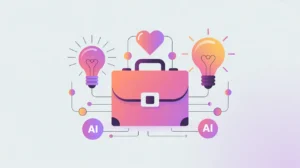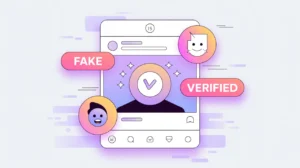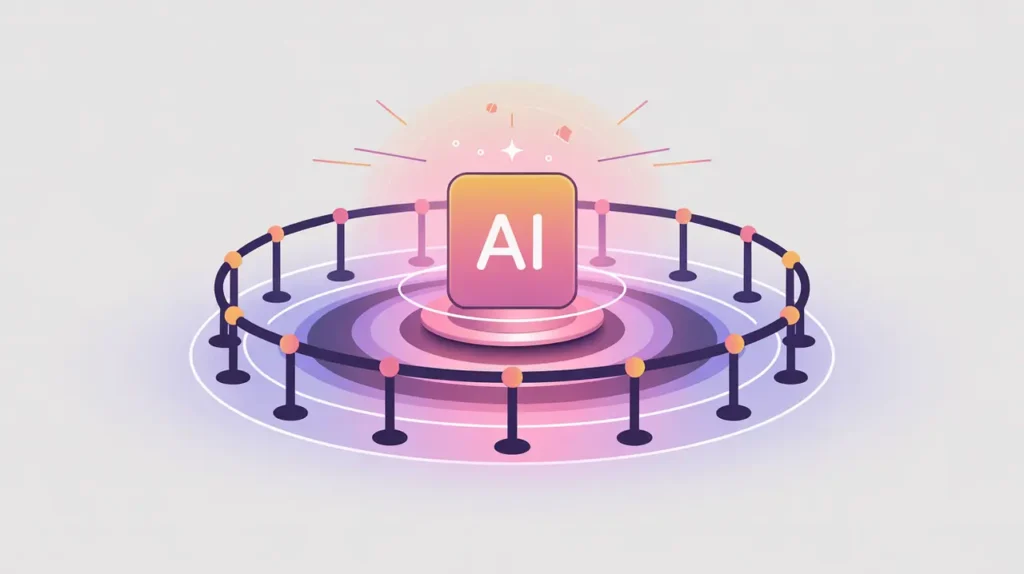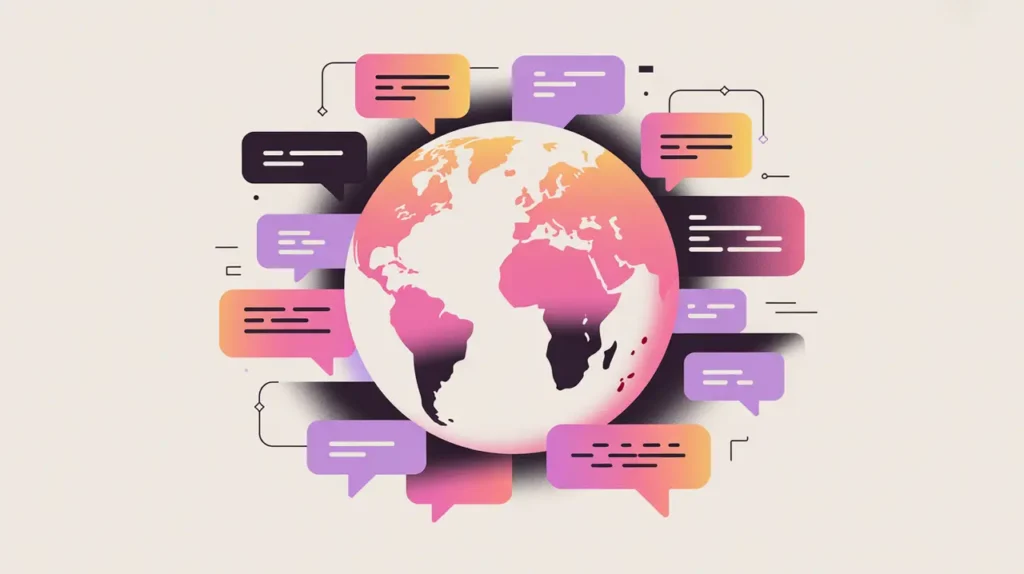Importance of Speech to Text
Speech-to-Text (STT) technology converts spoken language into written text using Artificial Intelligence. Its importance today lies in the expansion of voice-based tools, from transcription services and voice assistants to accessibility applications. Advances in deep learning and transformer-based models have made STT systems more accurate across diverse accents, dialects, and noisy environments. As digital communication becomes increasingly multimodal, the ability to move seamlessly between speech and text is essential.
For social innovation and international development, Speech-to-Text matters because it bridges barriers of literacy, disability, and accessibility. Communities that rely more on oral communication can engage with digital platforms through voice, while organizations can collect and process information more efficiently in the field. STT opens new opportunities for inclusion, participation, and trust.
Definition and Key Features
Speech-to-Text refers to the process of using algorithms to analyze audio signals, detect phonemes, and map them into words and sentences. Early STT systems relied on statistical models such as Hidden Markov Models, but modern approaches use neural networks and transformers trained on massive audio datasets. These advances allow systems to adapt to diverse speaking styles and languages, improving reliability.
It is not the same as Natural Language Processing, which analyzes meaning in text once it has been transcribed, nor is it simply recording audio. Instead, Speech-to-Text is the critical conversion layer that makes speech machine-readable, enabling subsequent analysis and integration into AI systems. Its accuracy and utility depend on training data, language coverage, and noise handling.
How this Works in Practice
In practice, STT systems capture an audio signal, process it into spectrograms, and use neural models to predict the most likely sequence of words. Modern models incorporate contextual awareness, improving their ability to handle homophones or ambiguous phrases. Some systems also allow customization, where domain-specific vocabularies, such as medical or agricultural terms, are added to improve accuracy.
Challenges remain, particularly in underrepresented languages and dialects, where training data is sparse. Background noise, low-bandwidth environments, and cultural variation in expression can also reduce accuracy. Ongoing improvements, including multilingual training and on-device processing, are expanding the reach of STT into new settings.
Implications for Social Innovators
Speech-to-Text technology is already reshaping mission-driven work. Health workers in rural clinics use it to record patient notes hands-free. Educators deploy it for real-time captioning, improving accessibility for students with hearing impairments. Humanitarian organizations use STT to transcribe interviews and surveys conducted in the field, speeding up data collection. Agricultural extension services apply it to capture farmer queries spoken in local dialects, enabling analysis at scale.
Speech-to-Text strengthens participation by making oral communication a first-class input in digital systems, widening access for communities often left out of written-data infrastructures.







